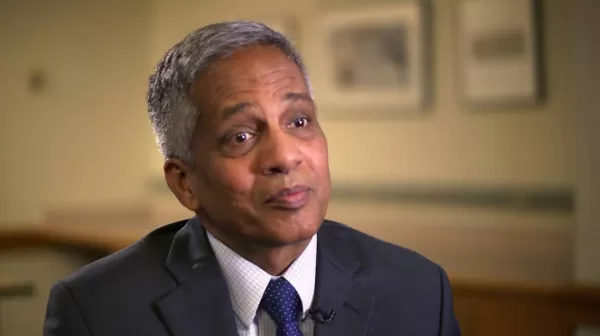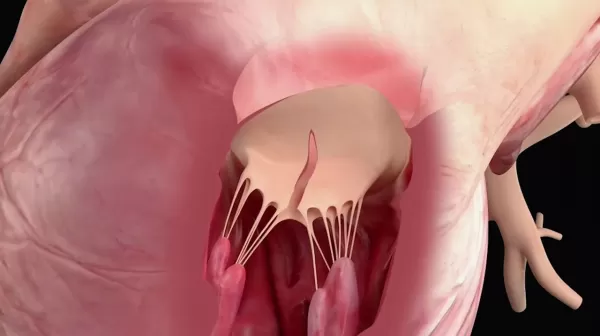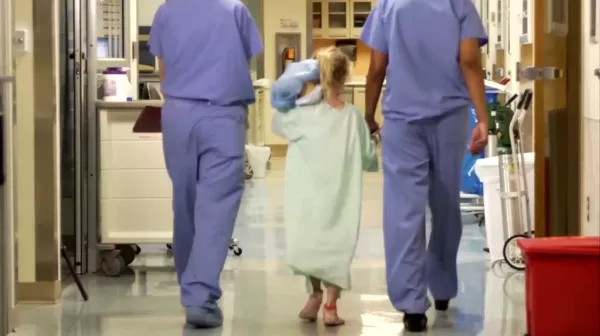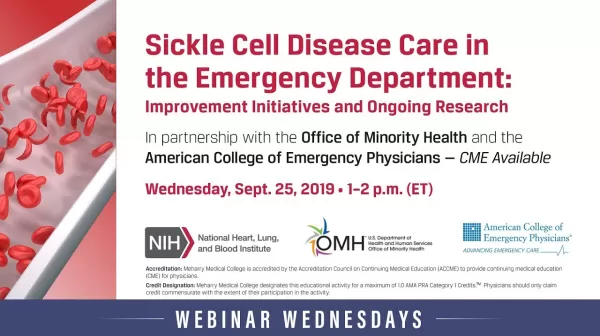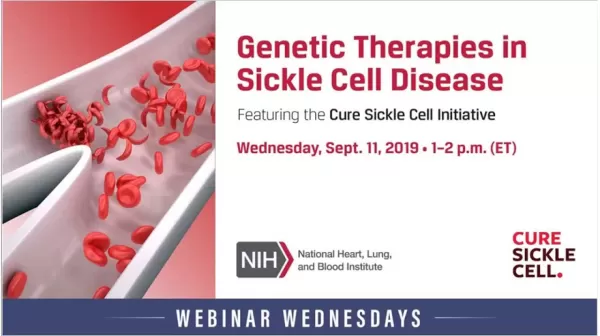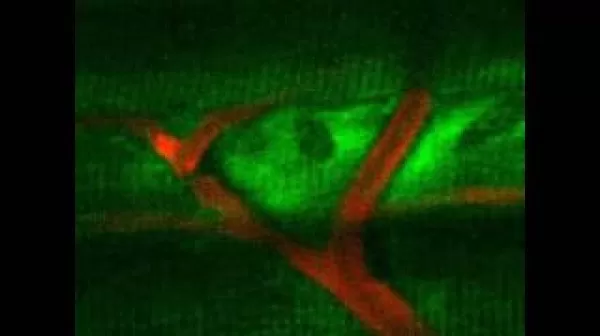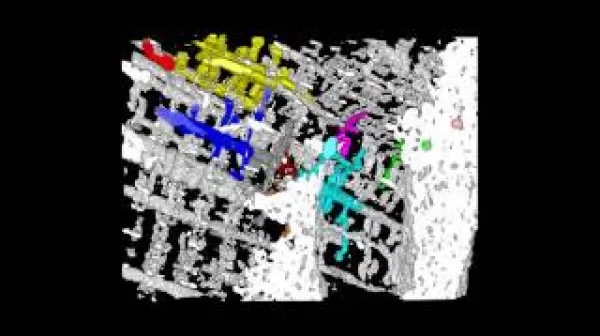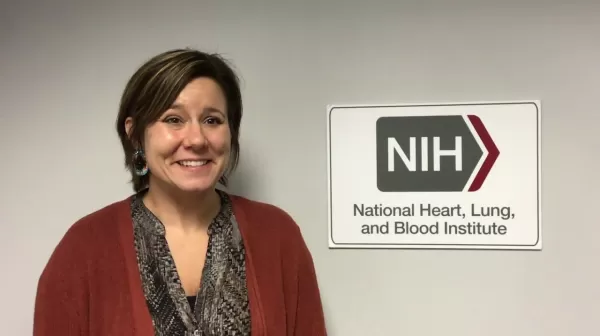Investing in a Cure for Sickle Cell Disease: Lakshmanan Krishnamurti, M.D.
Watch this video to see Lakshmanan Krishnamurti, MD, discuss how NHLBI brings researchers together with the shared goal of improving quality of life for patients with sickle cell disease. This video is by the National Heart, Lung, and Blood Institute (NHLBI), part of the National Institutes of Health (NIH). Dr. Krishnamurti is Director of the Pediatric BMT Program at the Aflac Cancer and Blood Disorders Center at Children’s Healthcare of Atlanta/Emory University.

